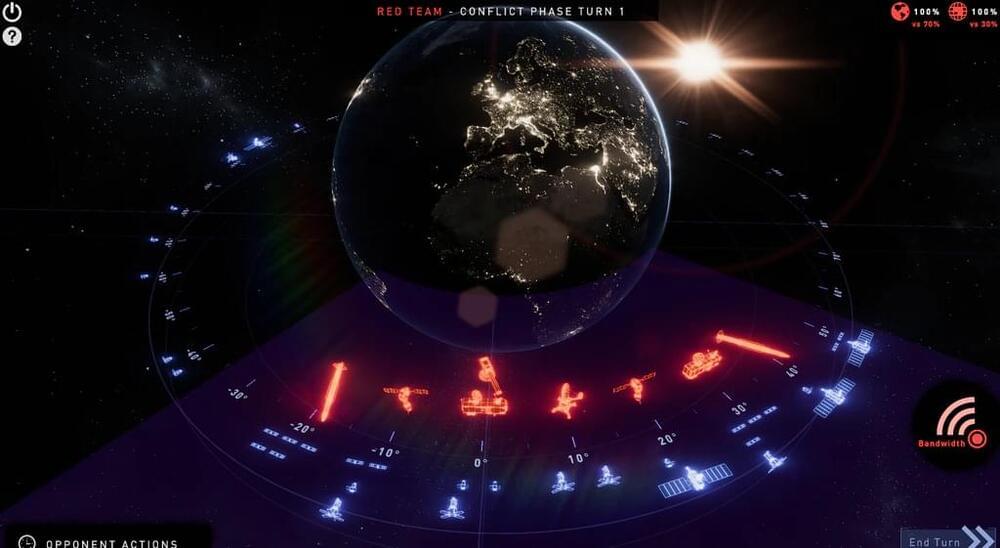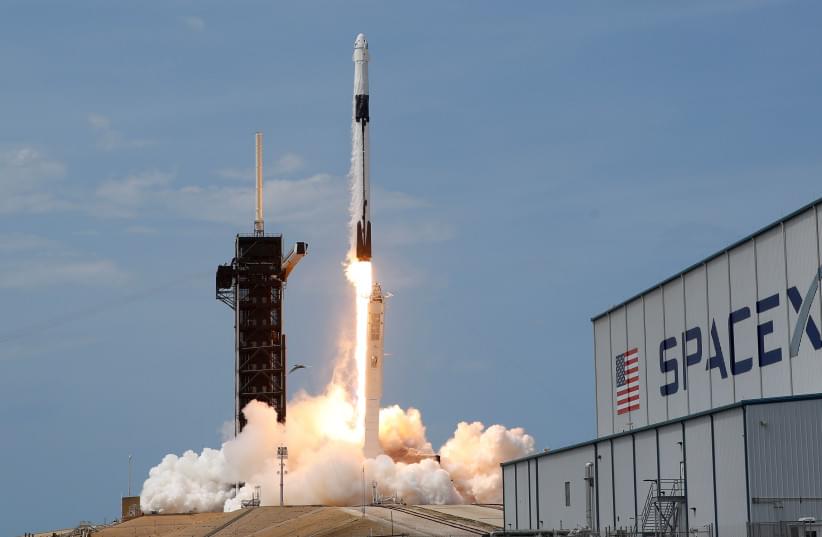Black carbon in the atmosphere is like dressing Earth in a black shirt on a sunny day.
In new research published earlier this month, the National Oceanic and Atmospheric Agency (NOAA) simulates the effect of greatly increased spaceflight on the stratosphere. The results show that planned spaceflight over the next few decades could raise Earth’s temperature, change global air currents, and dampen the ozone layer. The study appears in the Journal of Geophysical Research: Atmosphere.
These days, it’s hard to pull up any technology-or science-oriented news site without seeing something about Elon Musk’s satellite launches, his plans to send many ships to Mars, NASA’s big slate of upcoming Artemis mission launches, the rise of private spaceflight, and the increase in national spaceflight from previously unrepresented nations. It’s a huge moment for space, so traffic is about to get worse.
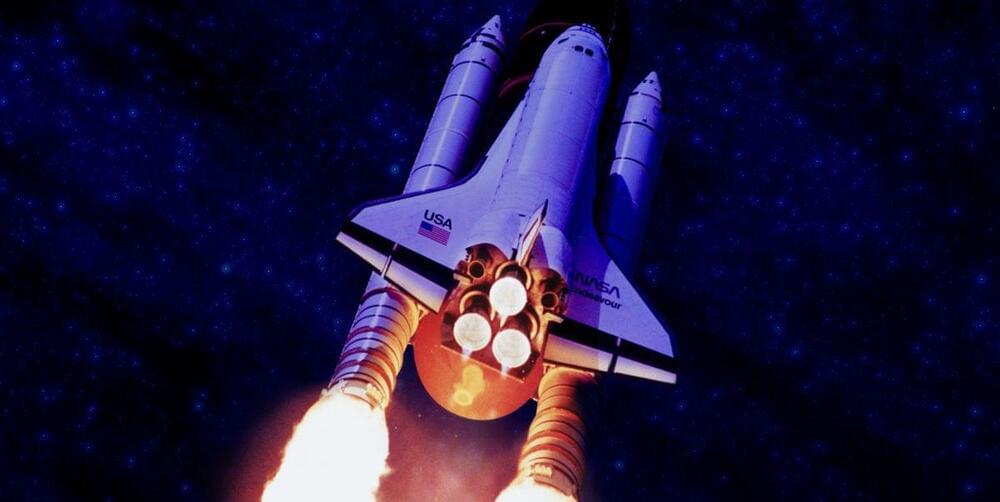
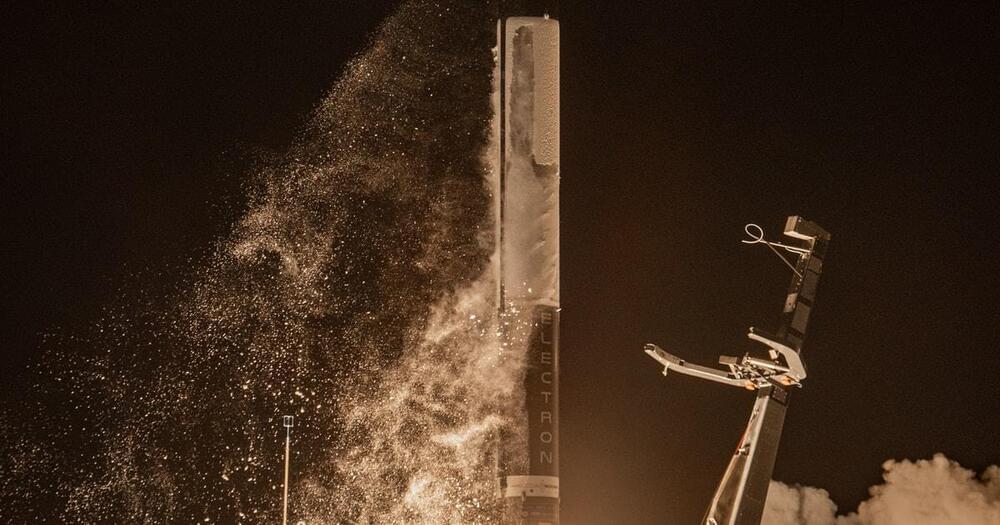
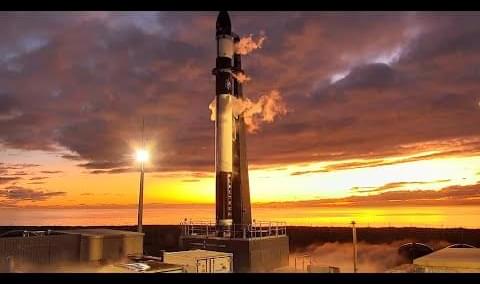
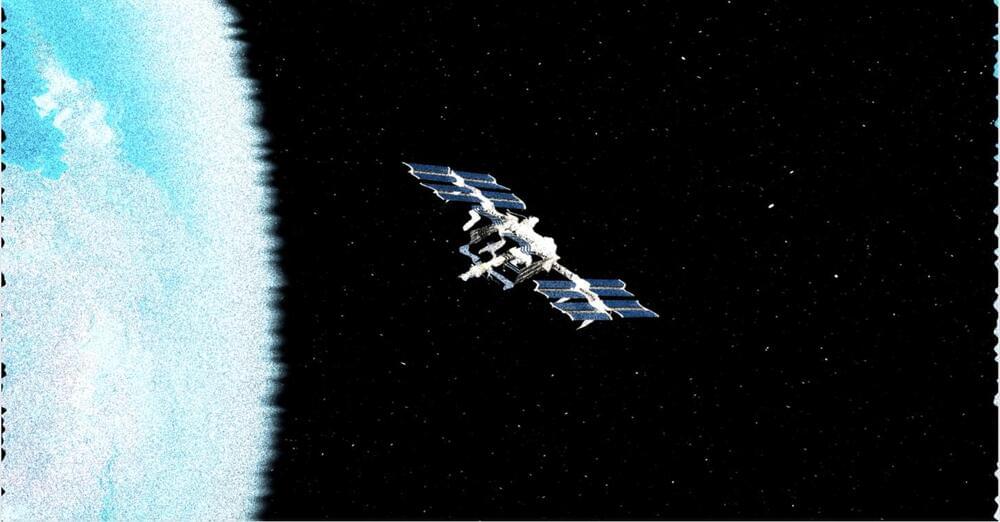

 For business inquiries:
For business inquiries:  Instagram:
Instagram: 
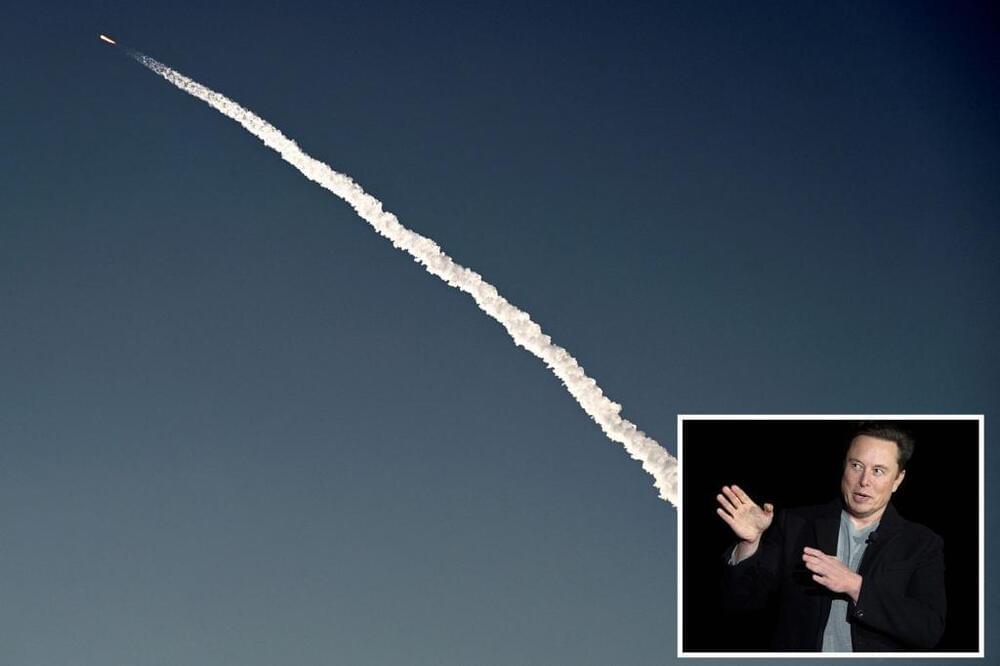
 !
!